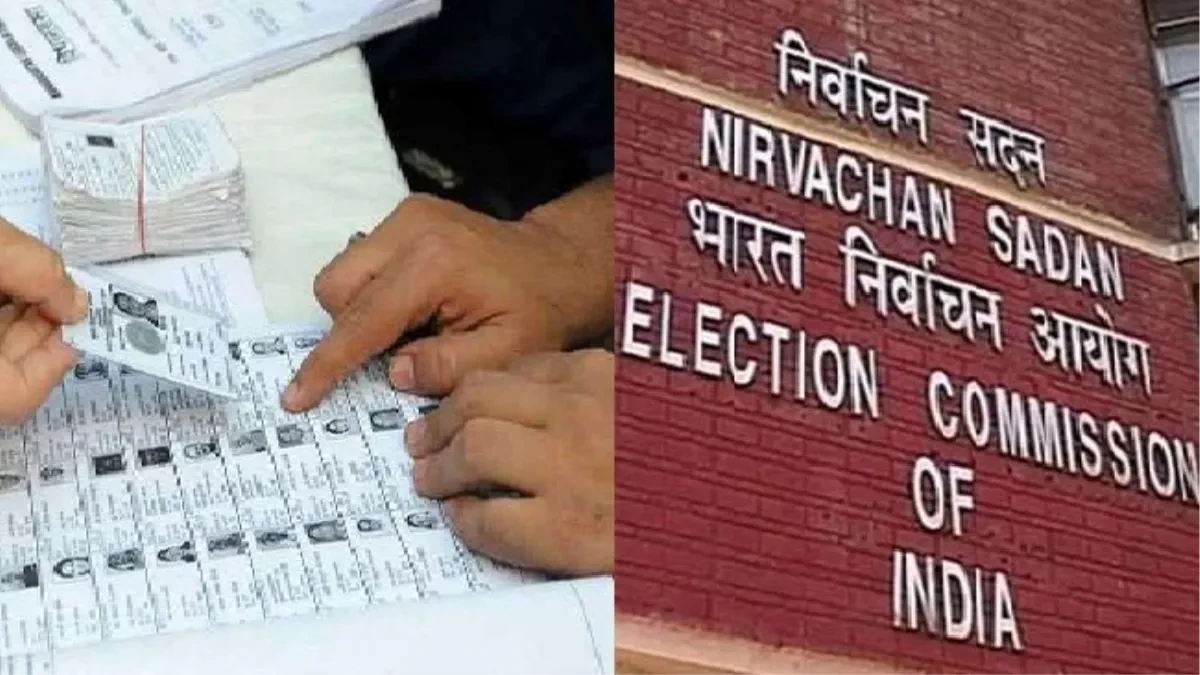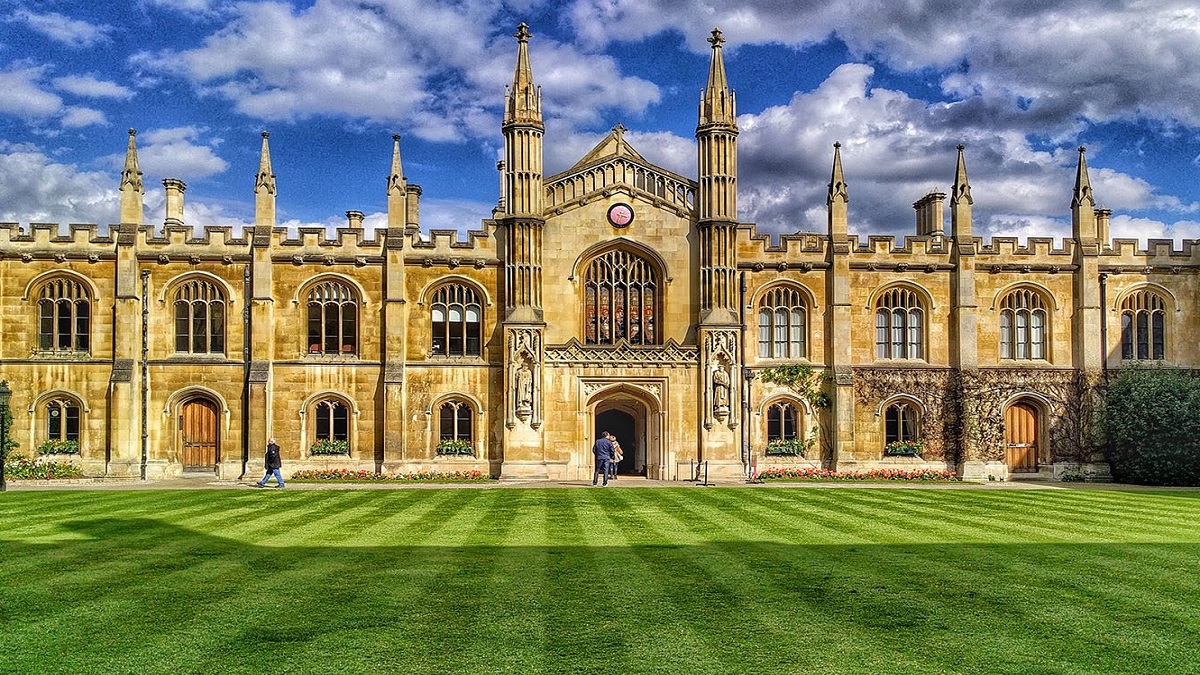- Courses
- GS Full Course 1 Year
- GS Full Course 2 Year
- GS Full Course 3 Year
- GS Full Course Till Selection
- Answer Alpha: Mains 2025 Mentorship
- MEP (Mains Enrichment Programme) Data, Facts
- Essay Target – 150+ Marks
- Online Program
- GS Recorded Course
- Polity
- Geography
- Economy
- Ancient, Medieval and Art & Culture AMAC
- Modern India, Post Independence & World History
- Environment
- Governance
- Science & Technology
- International Relations and Internal Security
- Disaster Management
- Ethics
- NCERT Current Affairs
- Indian Society and Social Issue
- NCERT- Science and Technology
- NCERT - Geography
- NCERT - Ancient History
- NCERT- World History
- NCERT Modern History
- CSAT
- 5 LAYERED ARJUNA Mentorship
- Public Administration Optional
- ABOUT US
- OUR TOPPERS
- TEST SERIES
- FREE STUDY MATERIAL
- VIDEOS
- CONTACT US
Quota-within-Quota: Does data justify subdivision of quotas?
Quota-within-Quota: Does data justify subdivision of quotas?
07-11-2024
- Recently, the Supreme Court of India delivered a landmark ruling allowing states sub-categorization of Scheduled Castes (SC) and Scheduled Tribes (ST) for reservations (“quota within quota”) to enhance reservation benefits.
- This 6-1 majority decision overturns the 2004 E.V. Chinnaiah vs. State of Andhra Pradesh decision, bringing a significant change to India’s reservation policy.
- The EV Chinniah ruling stated that sub-categorization within SCs was not permissible, as SCs formed a homogeneous group.
- The question of whether a 'quota-within-quota' system is necessary has sparked recent debates, aiming to make reservation policies fairer across various Scheduled Caste (SC) subgroups.
- An analysis of data from six major States (West Bengal, Andhra Pradesh, Bihar, Punjab, Uttar Pradesh, Tamil Nadu) examines whether certain SC subgroups have gained more from reservations than others.
- India’s reservation system was introduced to uplift marginalized communities, specifically Scheduled Castes (SCs) and Scheduled Tribes (STs), by:
- Reducing social and economic exclusion developed over centuries.
- Providing access to higher education, government jobs, and public offices for disadvantaged groups.
- The main concern is whether the benefits of reservations are equitably distributed among all SC subgroups as evidence suggests that some SC castes are disproportionately benefiting, leaving other subgroups less supported.
Caste Quotas
- Dr. B.R. Ambedkar emphasized that just having equal voting rights doesn’t end deep caste inequalities.
- Hence, reservations were introduced to bridge the gap, giving SCs and STs more opportunities in education, public jobs, and government roles.
- However, the reservation system has not worked equally for all -
- Some SC subgroups have progressed more than others, leading to calls for a more targeted approach.
- Recognizing diversity within SC groups is seen as key to address unequal progress among them.
Data Insights from different States
- Andhra Pradesh: Though minor disparities exist between the Malas and Madigas (two major SC groups in AP), these are not significant enough to justify a quota subdivision.
- By 2019, both groups had seen improvements in education and employment, and both were equally likely to benefit from white-collar jobs.
- Tamil Nadu: The two largest SC groups, Adi Dravida and Pallan, showed nearly identical socio-economic outcomes by 2019. This indicates balanced progress across these subgroups.
- Punjab: The SC quota has been subdivided since 1975 and the data shows positive results.
- Disadvantaged groups like Mazhabi Sikhs and Balmikis, once marginalized within the SC category, have made significant progress and are starting to catch up with more advanced groups like Ad Dharmis and Ravidasis.
- Bihar: The Mahadalit category was introduced in 2007 to support the most marginalized SC groups, but political pressures led to the inclusion of all SC groups, effectively diluting the policy’s impact.
Key Takeaways
- Diversity within SCs: While disparities exist within SC subgroups, the gap between SCs and upper-caste groups remains significantly wider than the gaps within SCs.
- Effectiveness of Subdivisions: Subdividing quotas can help the most disadvantaged SC groups, as seen in Punjab. However, poorly executed subdivisions, like Bihar’s Mahadalit approach, risk losing focus due to political influence.




